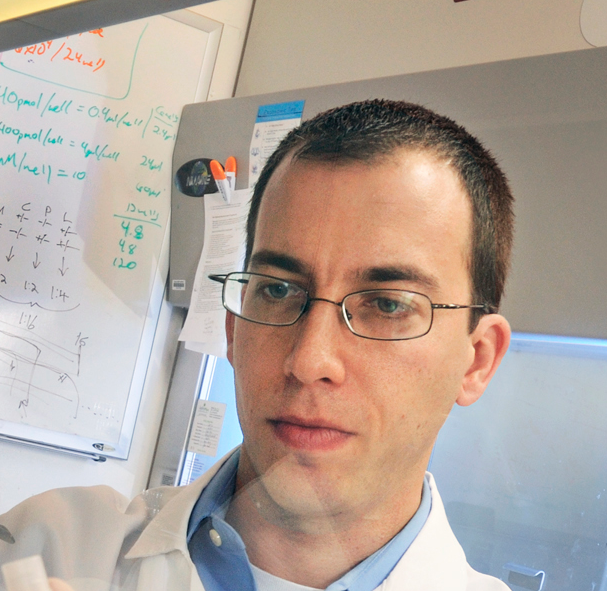Imagine a World Where a Simple Cut Could be Deadly

A soldier is wounded by a roadside bomb. His serious injuries are survivable, but the wound is infected with antibiotic-resistant bacteria and the soldier dies from the infection.

This essay by David Weiss, director of the Emory Antibiotic Resistance Center, originally ran in TheHill.com.
A severely premature infant is growing and gaining strength, but she gets a drug-resistant lung infection that spreads to her blood and she dies.
A teenager gets a cut on a hike. The cut becomes infected, and this otherwise healthy adolescent succumbs to what should be a treatable infection.
Antibiotic resistance may be the greatest medical challenge of our time. It threatens major advances of modern medicine, including organ transplants, cancer chemotherapy, and routine surgical procedures that would not be possible without these life-saving drugs. We are all at risk.
The Centers for Disease Control and Prevention (CDC) estimates that at least 2 million illnesses per year in the United States are caused by antibiotic-resistant bacteria.
That translates to 8 million extra days of hospitalization, 23,000 deaths, and more than $20 billion in additional health care costs. Worldwide, an estimated 700,000 deaths per year are caused by antibiotic-resistant organisms, and if current trends continue, annual deaths are predicted to reach a shocking 10 million by the year 2050.
This crisis has been looming for decades, and research shows the situation is getting worse. Take, for instance, an antibiotic called colistin. It’s a “last resort” drug used to treat infections caused by a group of highly antibiotic-resistant bacteria: carbapenem-resistant
But it gets worse. We and other researchers at the Emory Antibiotic Resistance Center found a form of resistance to colistin that is “disguised” by the bacteria and therefore goes undetected. This could lead to a scenario in which clinicians unwittingly prescribe colistin for infections it can’t treat, increasing illnesses and deaths.
We are now living with a long-feared “nightmare” scenario, in which bacteria gain both increased virulence and resistance to antibiotics.
Researchers discovered that some highly antibiotic-resistant Klebsiella have acquired genes that make them 10,000 times more virulent than previous strains. These genes, also, are in a mobile form that can be shared easily between bacteria and spread rapidly. Such strains led to a recent outbreak in a Chinese hospital that killed all five infected patients.
The bacteria are not slowing down, and they certainly aren’t waiting for us to catch up. We must act now if we are to keep pace with this threat to the nation’s public health, economy, and security. With the largest economy in the world, we can clearly afford to do more. Just as we have led technological advances for decades, so should we lead the fight against antibiotic-resistant bacteria.
How do we do this? Scientists have warned us for years that we must develop new antibiotics. But we can’t fight an always-evolving enemy without fully understanding where it is and what makes it tick. We must invest heavily in research just to catch up—to discover the new and ever-changing ways in which bacteria resist antibiotics and become more virulent. We must be able to respond in real-time to current and newly emerging threats by more widely and carefully tracking the spread of antibiotic-resistant bacteria in humans as well as in animals. And we must develop more sensitive diagnostics that rapidly detect all forms of antibiotic resistance and more effectively guide patient treatment.
Email the Editor



